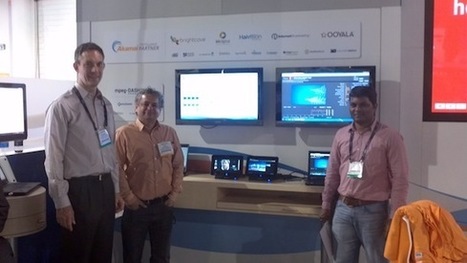San Francisco has a largely unknown place in the history of television. Back in 1927, on Green Street in the city, Philo Farnsworth had patented a method for showing moving pictures wirelessly. As a lone inventor, he was up against RCA, Westinghouse and Marconi. Each TV broadcaster at the time required a custom TV set to receive their signals. If you wanted to watch certain channels, you had to buy a set compatible with just those channels.
Skip forward ten years. Farnsworth prevailed in a decade-long legal battle with RCA but was never able to capitalize on his remarkable inventions (of which TV was just one of more than 300 patents issued). The broadcast signals were still incompatible. Reason prevailed finally in 1941 with the establishment of the NTSC standard, which harmonized all the broadcast formats at the time. NTSC was the foundation on which America's broadcasting industry and the behomoths of ABC, CBS, and NBC were built.
Today, with streaming media, we find ourselves back in 1927. There are three main adaptive segmented formats - Apple's HLS, Microsoft's Smooth Streaming and Adobe's Dynamic Streaming. They are 80% the same, yet 100% incompatible. To view HLS, you must have a player for that format. For HDS, another player and for SmoothHD, a third. This fractured delivery space forces encoders, delivery networks and client players to spread their development efforts across all these formats, forgoing optimizations that could be achieved by converging around a single format.
There is now a new streaming format on the block - MPEG-DASH. Not another format you moan - won't that make things worse? Perhaps not. DASH is different.
Via Nicolas Weil



 Your new post is loading...
Your new post is loading...







